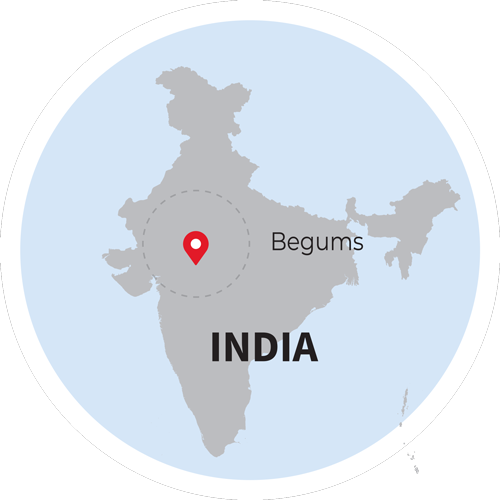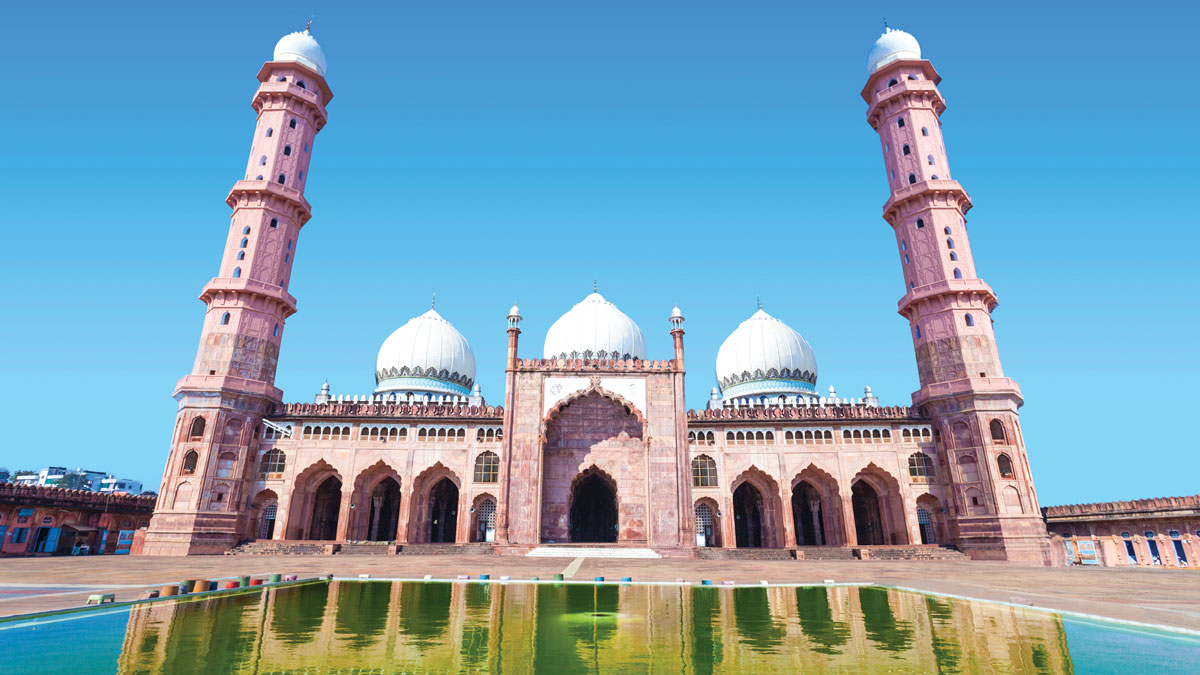Where Muslim Queens Rule
Sandip Hor explains how the Begums of Bhopal developed their precious city.
A 1,000-year-old lakeside settlement in the heart of India, Bhopal reached its apogee in the 19th century when the city was ruled for over 100 years by a generation of four Muslim queens – or begums. They were descendants of a powerful Afghan ruler named Dost Mohammad Khan who captured Bhopal a century before.
The begums were patrons of education, art, culture and public works. It was during their reign that the settlement established its waterworks, railways, postal system, municipality and a series of grand edifices that stand as emblems of a celebrated past. Bhopal has since then been known as the ‘City of Begums.’

OLD QUARTER A medieval Islamic character engulfs the landscape of the older part of the city that’s dominated by an ensemble of ruined gateways, turrets, arches and buildings. A former royal enclave of the begums (the Gohar, Shaukat and Moti Mahals, and Sardar Manzil) display a fusion of Islamic, European and traditional Indian flair.
MOSQUE CITY Built by the begums, these mosques capture the beauty of Bhopal. There are over 400 of them, mostly dotting the old quarter. Most significant is the Taj-ul-Masajid, which is the largest Islamic shrine in India. The other two that draw one’s attention are the Jama and Moti Masjids.
ROYAL STAY A few of the former palaces have been converted into luxury hotels, to provide guests with living and dining experiences fit for royalty.
The Jehan Numa Palace Hotel is one of them. Much like its history, this hotel greets guests with a charming medley of princely salutations, as well as shades of regal culture and fine hospitality.
BEYOND ROYALTY Other places to see in Bhopal include the Lakshmi Narayana Temple, Van Vihar National Park and Zoo, and a host of museums – to learn about the region’s history, art and culture.






Bhopal is also called the ‘City of Lakes’ and you mustn’t miss taking a cruise. After that excursion, dine at the Bhopal Express, which is a railway compartment that’s been converted into a fine dining restaurant serving authentic local cuisine.
OLDEST ROCK ART Located 45 kilometres away is the UNESCO World Heritage Site known as the ‘Bhimbetka rock shelters,’ which are adorned with paintings. Art aficionados count them as the oldest rock art in India.
Some of these shelters display a striking resemblance to the indigenous art found in Australia and Africa.


